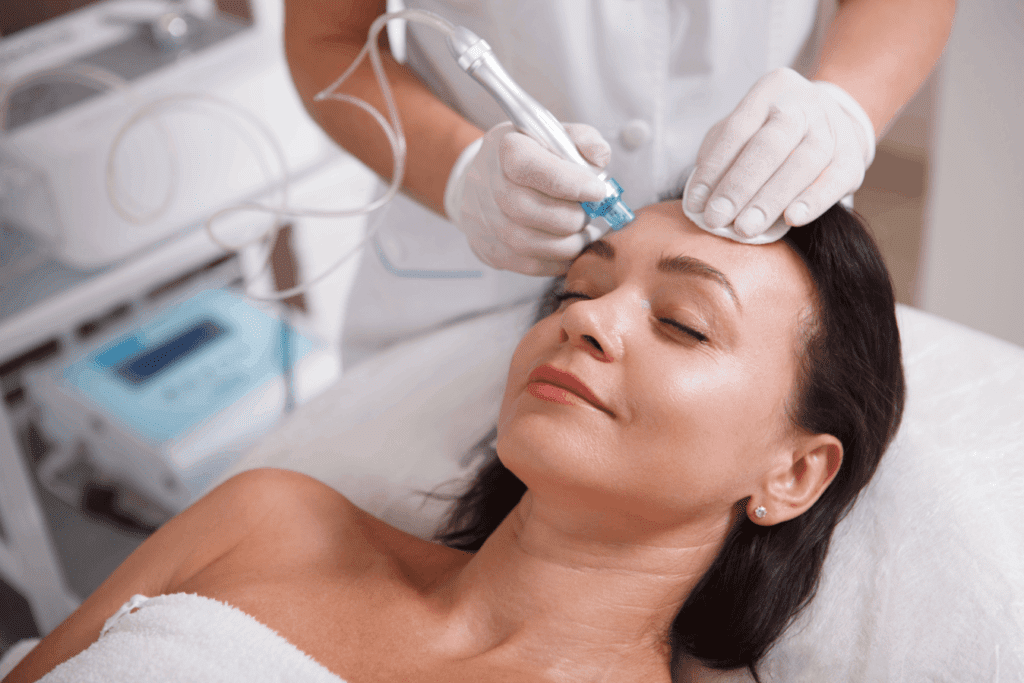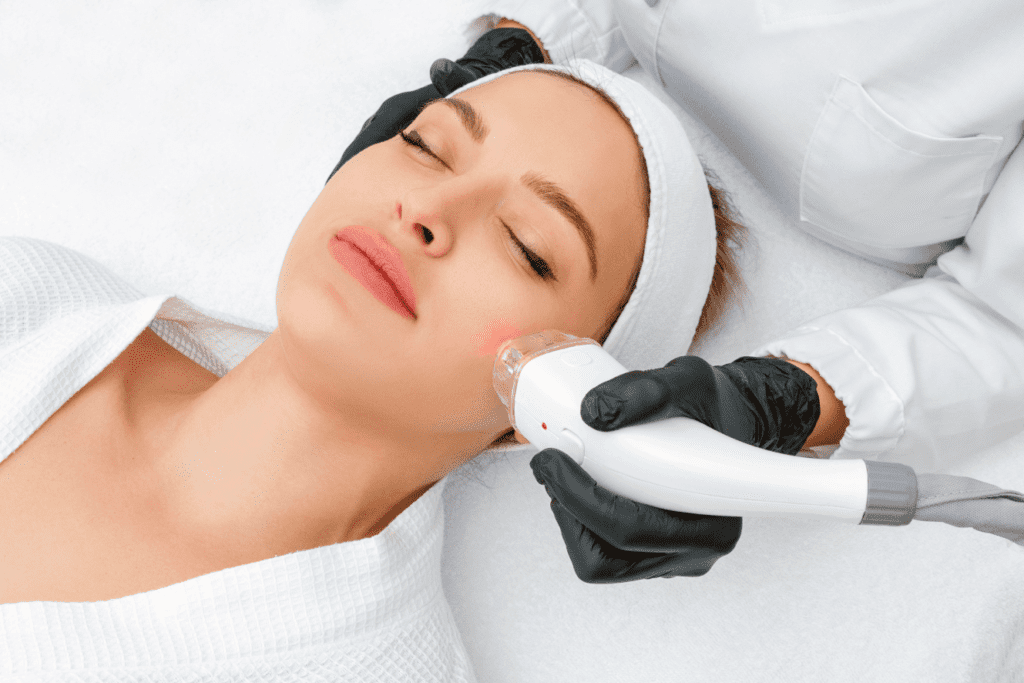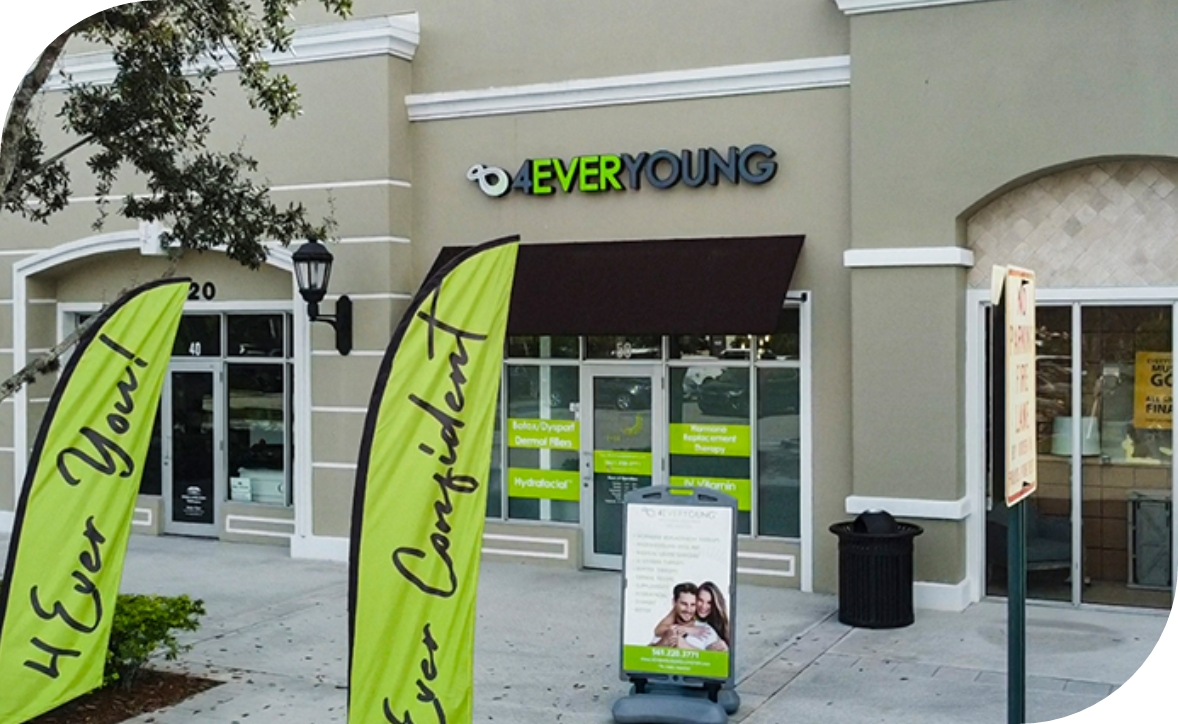Preparing for Your Juvéderm Treatment: A Step-by-Step Guide
When preparing for lip fillers, it’s essential to follow the right steps to ensure a safe and successful outcome. Juvéderm fillers are a popular type of injectable filler made of hyaluronic acid that adds volume and smooths out facial wrinkles. Hyaluronic acid lip injections have become extremely common, with over 2.1 million lip filler procedures performed in 2018 alone. Whether you’re getting Juvéderm for smile lines or plumping your lips, taking time to prepare will help minimize side effects and maximize your results. This guide will walk you through each step of the Juvéderm pre-treatment process so you know exactly what to do before your appointment.

Choose a Qualified Provider and Get a Consultation
Your first step is to find a licensed, experienced injector for your Juvéderm treatment. Dermal filler injections should only be done by trained medical professionals, such as board-certified dermatologists, plastic surgeons, or qualified aesthetic nurses. The FDA specifically advises working with a licensed healthcare provider who has ample experience with injectable fillers. Choosing one of the top med spa clinics or a reputable medical practice helps ensure you’ll receive authentic products and proper technique.
Schedule an initial consultation with your chosen provider. During this appointment, you can discuss your goals and determine which Juvéderm hyaluronic acid fillers are best for you. The provider will examine your face, review your medical history, and determine if you’re a suitable candidate. Be honest about any health conditions, allergies, and medications or supplements you’re taking. This information is critical, as it enables the clinician to advise you on any necessary adjustments before treatment. For instance, you may be asked to stop certain supplements that could increase bleeding. Use this consultation to ask questions and set realistic expectations for your results. You can even bring reference photos of your desired outcome, and the provider will explain what’s achievable for your unique features. Before you leave, you’ll likely receive specific Juvéderm preparation tips and instructions to follow in the days leading up to your injection appointment.
Research Costs and Set Expectations
Part of preparing for a cosmetic treatment is getting your finances and expectations in order. Start by researching the cost of hyaluronic acid fillers in your area so you can budget accordingly. Juvéderm (and other HA fillers) is typically priced per syringe. One syringe of Juvéderm filler can cost around $600 or more, and the national average price for hyaluronic acid filler treatments is roughly $715 per syringe. Please note that the exact HA filler cost will depend on the specific product used and the number of syringes required. Your provider should provide you with an estimate during the consultation, based on your specific needs.
It’s also important to set realistic expectations about the results and maintenance. Juvéderm provides temporary improvements, usually lasting anywhere from 6 to 18 months, depending on the formula and area treated. That means you’ll need repeat treatments to maintain your look. Plan for these follow-up sessions as part of your beauty budget if you want long-term results. The good news is that hyaluronic filler treatments are adjustable and reversible if needed, giving you flexibility. Understanding the investment and committing to follow-up appointments will ensure you’re financially and mentally prepared for your rejuvenation journey.
Schedule Smartly – Timing and Medical Considerations
Once you’re ready to move forward, schedule your filler appointment strategically. Timing matters when preparing for lip fillers or any Juvéderm treatment. If you have a big event or vacation coming up, plan to get your injections at least two weeks beforehand. This buffer allows any swelling or bruising to subside so you can look your best. It also allows for a follow-up touch-up if anything needs adjusting.
One Week Before – Avoid Blood Thinners and Supplements
About a week before your appointment for hyaluronic lip injections, you’ll need to adjust some of your medications and lifestyle habits. It is recommended to cut out the following for at least 7 days prior to your filler session:
- Aspirin and NSAIDs: Avoid over-the-counter pain relievers like aspirin, ibuprofen (Advil/Motrin), naproxen (Aleve), and other non-steroidal anti-inflammatory drugs. These medications have a blood-thinning effect and can lead to more bruising at injection sites.
- Certain Supplements and Vitamins: Stop taking fish oil or omega-3 supplements, vitamin E, garlic tablets, ginseng, Ginkgo biloba, St. John’s Wort, and similar herbal supplements known to increase bleeding tendency. Many med spas advise pausing these a week prior because they can make bruising worse.
- Alcohol and Caffeine: It’s best to limit or avoid alcohol in this period as well, since alcohol can act as a mild blood thinner and also contribute to dehydration. Likewise, try not to overdo caffeinated drinks for a day or two before treatment, as caffeine might increase the risk of bruising in some people. Opt for water and decaf beverages to stay hydrated.
- Smoking: If you smoke, try to cut back or abstain in the days before your filler. Smoking can constrict blood vessels and impede healing. While quitting altogether is best for your skin, at the very least, avoid smoking on the day of the procedure and immediately after to promote good circulation.
During this week, if you need relief for a headache or pain, use acetaminophen (Tylenol) instead of aspirin or NSAIDs. Acetaminophen does not have blood-thinning properties, so it’s a safer choice leading up to your filler appointment. Also, focus on healthy habits: eat nutritious meals and drink plenty of water.

Two Days Before – Final Preparations and Skin Care
In the final 48 hours before your Juvéderm treatment, it’s time to fine-tune your preparations. Over the last couple of days, it’s especially important to be gentle with your skin and avoid activities that could irritate the treatment area. Follow these steps in the days leading up to your appointment:
- Hold Off on Harsh Skincare: Stop using any skincare products that contain strong active ingredients like retinol, tretinoin (Retin-A), glycolic or other alpha hydroxy acids, and exfoliating scrubs on the areas to be treated. These products can make your skin more sensitive. Giving them a rest of 2–3 days prior prevents unnecessary irritation or redness during your filler session.
- Avoid Hair Removal in the Area: Do not wax, thread, pluck, or use depilatory creams on or around the injection sites for at least 2 days before treatment. For example, if you’re getting lip fillers, avoid waxing your upper lip or threading your eyebrows right before. Hair removal can irritate the skin. You want the area to be calm and intact to reduce the risk of irritation or infection.
- Optional – Arnica or Pineapple: If you are particularly prone to bruising, you may start taking Arnica montana tablets (a homeopathic remedy) a day or two before injections, or eat fresh pineapple, which contains bromelain. Some patients and providers find this can help minimize bruising. This is optional, but it might give you a little extra help with recovery.
- No Alcohol: By the day before your appointment, you absolutely should refrain from any alcoholic beverages. Alcohol can dehydrate you and increase the likelihood of bruising and swelling. It’s wise to have had your “last drink” at least 48 hours pre-filler to be safe.
- Get Rest and Prepare Supplies: Aim for a good night’s sleep before your treatment day. Your body heals better when well-rested. It’s also a good idea to prepare a few items to have on hand for after your injections: have some ice packs or gel packs ready in your freezer, a gentle facial cleanser and moisturizer, and maybe some over-the-counter Arnica gel or cream to apply post-treatment for bruises. Having these supplies ready means you won’t have to scramble later.
Step 6: The Day of Your Juvéderm Treatment
Although hyaluronic fillers are minimally invasive, it is essential to be well-prepared on the day of your appointment to ensure a smooth procedure. The morning of your Juvéderm treatment, follow these guidelines:
- Come in with a Clean Face: Wash your face thoroughly and do not apply any makeup, lotion, or sunscreen on the areas to be treated. Arrive at your appointment with a bare, clean face. This helps reduce any risk of infection and allows your injector to see and assess your natural features and skin tone clearly.
- Eat a Light Meal and Stay Hydrated: Don’t go to your appointment on an empty stomach. Have a light, healthy meal a couple of hours beforehand and drink water. Patients can sometimes feel lightheaded or nervous during injections, and having some food in their system can help prevent dizziness. Being hydrated also helps your skin and body handle the procedure better. Avoid heavy, salty foods that can cause puffiness.
- Dress Comfortably: Wear comfortable clothing to your appointment. This isn’t a surgical procedure, so no special gown is needed, but you’ll want to be relaxed. Consider a top that you don’t have to pull off over your face. A button-down or wide-neck shirt is convenient.
- Arrive on Time (or a Few Minutes Early): Give yourself plenty of time to get to the clinic so you’re not rushed or stressed. You may need to complete some paperwork or discuss last-minute questions with the provider. Arriving a bit early ensures you can start the procedure calm and collected.
- Numbing and Comfort Measures: If you’re particularly anxious about pain, remember that most Juvéderm products are mixed with lidocaine to help numb the area. Additionally, your provider can apply a topical numbing cream to your skin before injections. Typically, you’ll spend 15-30 minutes numbing. Use that time to relax. Bring headphones to listen to music if it helps you stay calm. Some offices might even offer a stress ball or a cushion to help keep you comfortable.
- During the Procedure – Stay Still and Communicate: The actual injection process is usually quick. Your job is to stay as still and relaxed as possible. You might feel a small pinch or pressure, but it shouldn’t be very painful. If you do feel uncomfortable, let your injector know – they can pause or give you a little more numbing. After the injections, the provider may gently massage the treated areas to evenly distribute the filler. They might also apply an ice pack briefly to reduce swelling. Take slow breaths and remember that the procedure will be over before you know it.
When your filler treatment is done, take a look in the mirror with your provider and go over the results. There might be some immediate swelling, and your injector will remind you that this is normal and will subside. At this point, you’ll also receive post-treatment instructions, which are essentially the final part of your preparation: planning your aftercare.
Even after the injections are complete, your work isn’t done. Proper aftercare is crucial for the best outcome. Plan to avoid strenuous exercise or any heavy physical activity for at least 24 hours following your filler treatment. Elevated heart rate and blood pressure can worsen swelling or bruising, so skip the gym and intense workouts until the next day. Also, keep the treated area clean and avoid touching it.
Use an ice pack gently on and off (10 minutes on, 10 minutes off) for the first day to minimize swelling. You can take acetaminophen later in the day if you feel any soreness, but avoid ibuprofen or aspirin for another day or two. At night, it might help to sleep with your head slightly elevated to reduce swelling in facial areas. By the next morning, most initial swelling or redness will have improved, but bruises may become more visible. You can cover any bruising with makeup after the first 24 hours have passed. Most importantly, listen to the specific aftercare advice your injector provides and don’t hesitate to call the clinic if anything doesn’t feel right. Significant pain, growing redness, or blotchy discoloration are not common. If those happen, contact your provider promptly, as they may want to evaluate you. However, the vast majority of patients find that with good preparation and care, recovery is straightforward and any minor side effects resolve within a week.
Preparing for dermal fillers and other Juvéderm treatments may seem like a lot of steps, but by following this guide, you’ve greatly improved your chances of a smooth experience. You’ve chosen a qualified provider, arranged the timing wisely, avoided things that cause bruising, and taken care of your skin, all of which set you up for success.

Now you’re fully prepared and know exactly how to get ready for your Juvéderm treatment. The final step is simply to attend your appointment and enjoy the results of all this careful preparation. Many of the top med spa clinics, such as 4Ever Young Anti-Aging Solutions, even let you get a Juvéderm appointment online for added convenience. Once you’ve booked your session, you can feel confident knowing you’ve done everything possible to ensure a safe procedure and beautiful outcome. By educating yourself and following these steps, you’ve taken control of your aesthetic journey.
Sources:
- Cleveland Clinic – Lip Fillers: What to Expect, Types, Benefits & Side Effects my.clevelandclinic.orgmy.clevelandclinic.org
- U.S. Food & Drug Administration (FDA) – Dermal Filler Do’s and Don’ts for Wrinkles, Lips and More fda.gov







